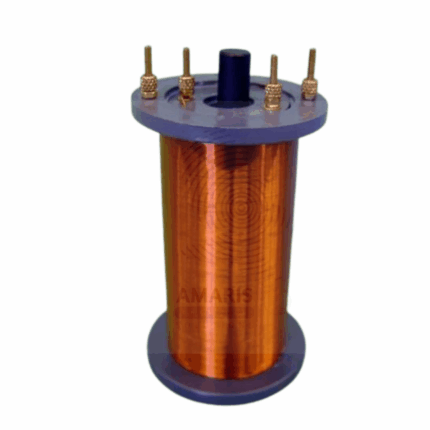

insect needle
$700.00 Original price was: $700.00.$650.00Current price is: $650.00.
Insect needle
In laboratory settings, insect needles, also known as entomological pins, are commonly used for mounting and handling insect specimens. These pins are typically slender and made of stainless steel or another durable material. They’re designed to be thin enough to penetrate through the tough exoskeleton of insects without causing damage to the specimen.
Entomological pins come in various sizes to accommodate different insect species and specimen sizes. They’re often used in conjunction with mounting boards or trays, where the pins are inserted through the insect specimen and anchored into the mounting surface to keep the specimen securely in place for observation or study.
These needles play a crucial role in entomology research, allowing scientists to study insect morphology, taxonomy, behavior, and other aspects of insect biology. They’re particularly useful for preserving specimens for long-term storage in entomological collections.
INSECT NEEDLE
1.Specimen Mounting: Entomological pins are used to mount insect specimens for display or study. The needle is carefully inserted through the insect’s body, typically through the thorax, and then anchored into a mounting board or tray. This allows the specimen to be displayed or stored while minimizing damage.
- Handling and Manipulation: Insect needles are used for delicate handling and manipulation of insect specimens. Researchers may use the needle to carefully position or orient specimens for observation, photography, or dissection.
- Dissection: Insect needles are often used in insect dissection procedures. They can be used to hold the specimen in place during dissection and to manipulate delicate structures such as wings, legs, or mouthparts.
- Staging for Photography: When photographing insect specimens, entomological pins are often used to position the insect in a desired pose or angle for optimal photography. The needle can be inserted into the specimen and adjusted to achieve the desired position.
- Labeling: In some cases, insect needles are used for labeling specimens. A small tag or label may be attached to the needle, providing information such as the species name, collection date, location, and collector.
- Storage: Entomological pins are essential for storing insect specimens in entomological collections. Specimens are mounted on pins and stored in specialized insect drawers or cabinets, often organized taxonomically for easy retrieval and study.
- Transportation: When transporting insect specimens, particularly delicate or rare ones, entomological pins are used to secure the specimens in place within specimen boxes or containers to prevent damage during transit.


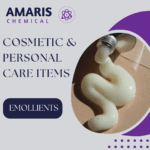 Emollients
Emollients Humectants
Humectants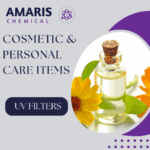 UV Filters
UV Filters Surfactants (cosmetic)
Surfactants (cosmetic) Preservatives (cosmetic)
Preservatives (cosmetic) Fragrances and Essential Oils
Fragrances and Essential Oils Antioxidants (cosmetics)
Antioxidants (cosmetics)
 Solvents (lab)
Solvents (lab) Chromatography Chemicals
Chromatography Chemicals Microbiology and Cell Culture Reagents
Microbiology and Cell Culture Reagents Biochemical Reagents
Biochemical Reagents Inorganic and Organic Standards
Inorganic and Organic Standards Spectroscopy Reagents
Spectroscopy Reagents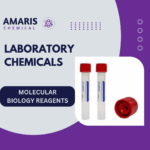 Molecular Biology Reagents
Molecular Biology Reagents
 Precious Metal Extraction Agents
Precious Metal Extraction Agents
 Plasticizers
Plasticizers Polymerization Initiators
Polymerization Initiators Stabilizers
Stabilizers Monomers
Monomers Fillers and Reinforcements
Fillers and Reinforcements Antioxidants (plastics)
Antioxidants (plastics) Colorants (plastic pigments,Dyes)
Colorants (plastic pigments,Dyes)
 Fertilizers
Fertilizers Plant Growth Regulators
Plant Growth Regulators Soil Conditioners
Soil Conditioners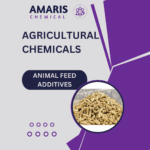 Animal Feed Additives
Animal Feed Additives Biostimulants
Biostimulants
 Dough Conditioners
Dough Conditioners Flour Treatments
Flour Treatments Fat Replacers
Fat Replacers Preservatives (baking)
Preservatives (baking)
 Surfactants (cleaning)
Surfactants (cleaning) Builders
Builders Bleaching Agents
Bleaching Agents Enzymes
Enzymes Solvents (cleaning)
Solvents (cleaning) Fragrances
Fragrances Disinfectant
Disinfectant Metal cleaning
Metal cleaning
 Binders/Resins
Binders/Resins Pigments
Pigments Solvents (paint)
Solvents (paint) Additives
Additives Driers
Driers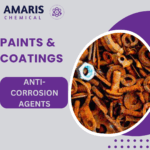 Anti-Corrosion Agents
Anti-Corrosion Agents Specialty Coatings
Specialty Coatings Functional Coatings
Functional Coatings Application-Specific Coatings
Application-Specific Coatings
 Sealants and Adhesives
Sealants and Adhesives
 Biodegradable Surfactants
Biodegradable Surfactants Bio-based Solvents
Bio-based Solvents Renewable Polymers
Renewable Polymers Carbon Capture Chemicals
Carbon Capture Chemicals Wastewater Treatment Chemicals
Wastewater Treatment Chemicals
 Preservatives (food)
Preservatives (food) Flavor Enhancers
Flavor Enhancers Acidulants
Acidulants Sweeteners
Sweeteners Emulsifiers
Emulsifiers Antioxidants (food)
Antioxidants (food) Colorants (food)
Colorants (food) Nutrient Supplements
Nutrient Supplements Nutraceutical Ingredients
Nutraceutical Ingredients
 Fresh Herbs
Fresh Herbs Whole Spices
Whole Spices Ground Spices
Ground Spices Spice Blends
Spice Blends
 Surfactants(oil)
Surfactants(oil)
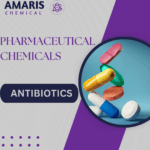 Antibiotics
Antibiotics Active Pharmaceutical Ingredients
Active Pharmaceutical Ingredients Excipients
Excipients Vaccine Adjuvants
Vaccine Adjuvants Nutraceutical Ingredients
Nutraceutical Ingredients Solvents (pharmaceutical)
Solvents (pharmaceutical)
 Automotive chemicals
Automotive chemicals Pyrotechnic Chemicals
Pyrotechnic Chemicals


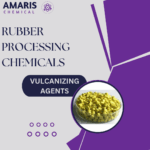 Vulcanizing Agents
Vulcanizing Agents Accelerators & Retarders
Accelerators & Retarders Antidegradants
Antidegradants Reinforcing Agents
Reinforcing Agents Plasticizers & Softeners
Plasticizers & Softeners Fillers & Extenders
Fillers & Extenders Blowing Agents
Blowing Agents Adhesion Promoters
Adhesion Promoters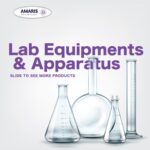

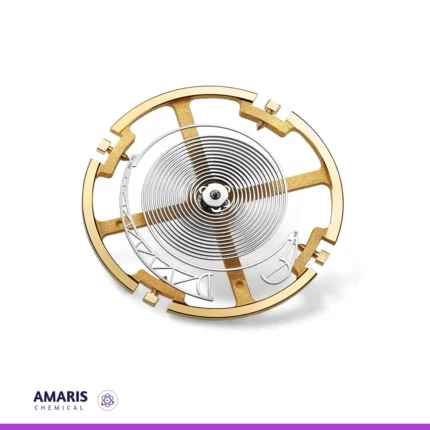
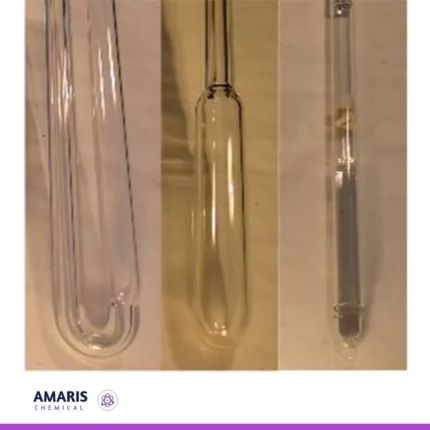
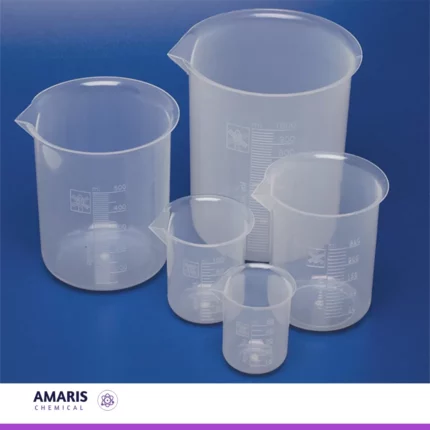
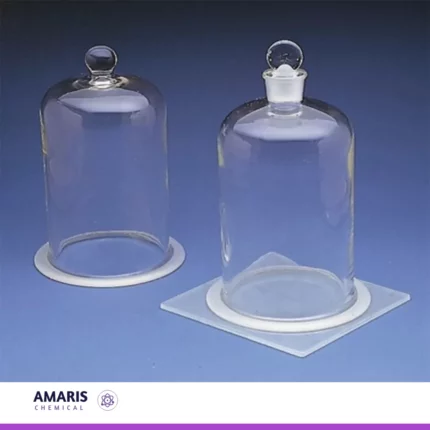
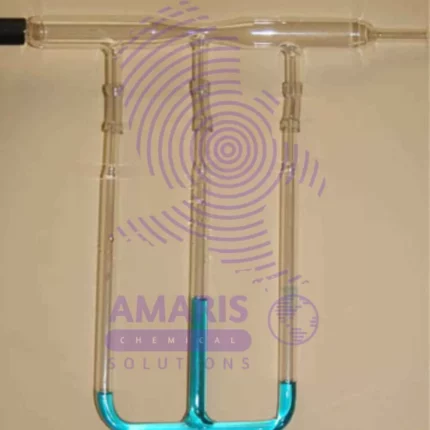
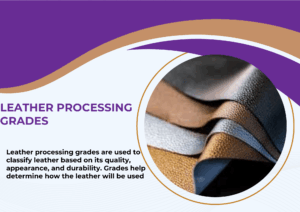







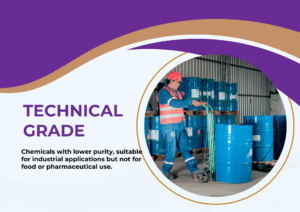
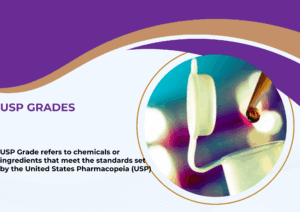

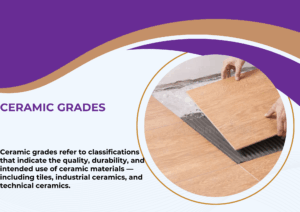
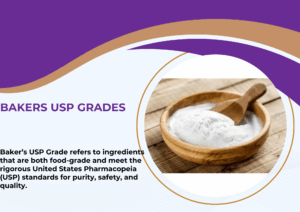
Reviews
There are no reviews yet.